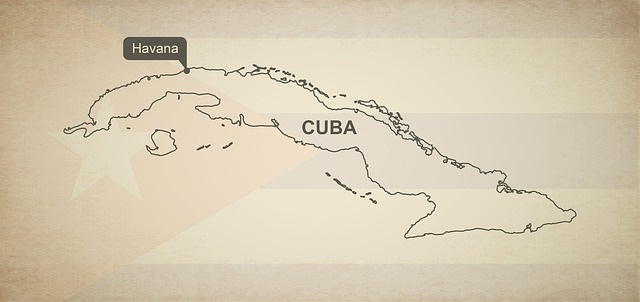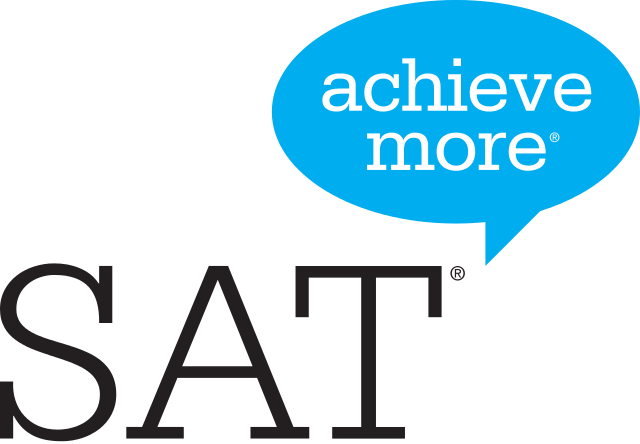Whereas fall means college application season, spring means admission notifications time. All high school seniors want to get a college acceptance letter to their top-choice school. But what exactly does an admittance letter look like? And what does it say?
In this article, we go over what information a typical college acceptance letter includes and show you real college acceptance letter samples so you can get an idea of what they look like. We also give you our top four tips for what to do after you get an admittance letter.
























